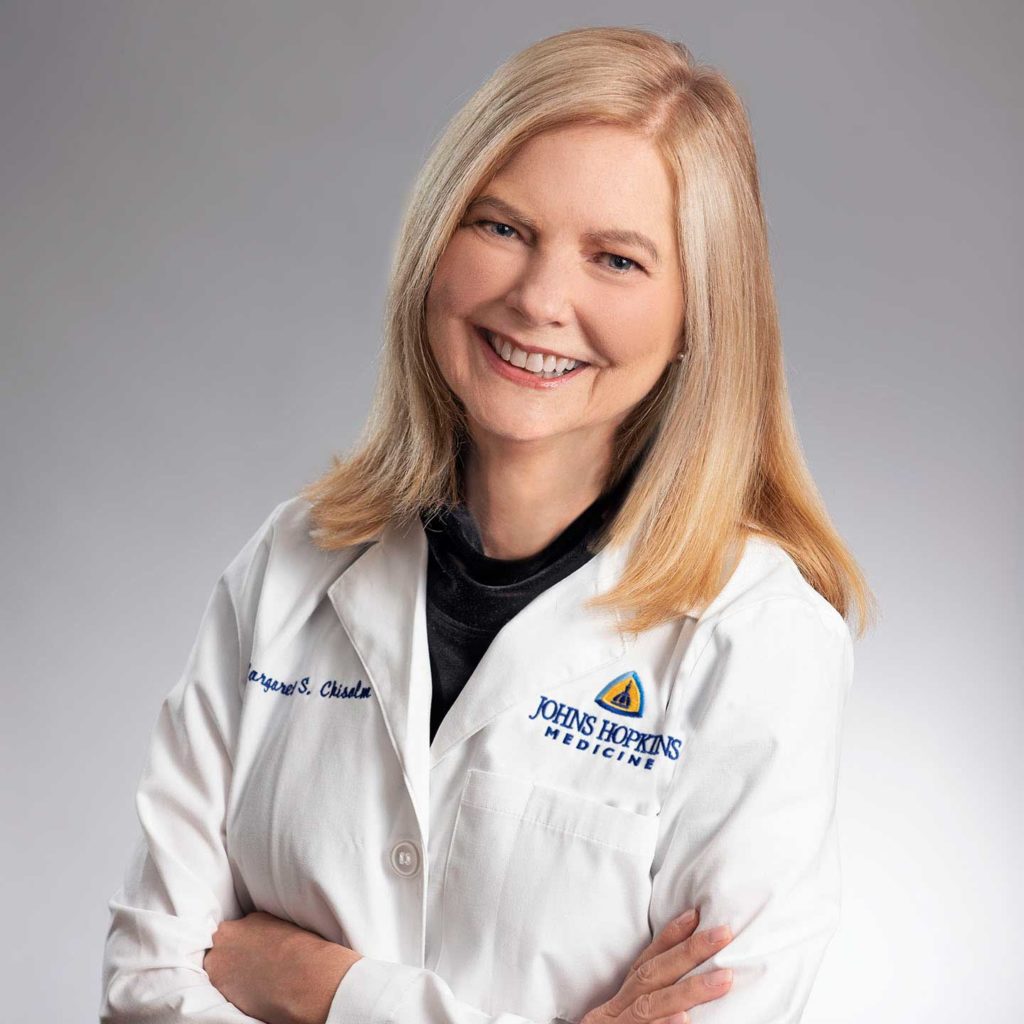Takeaway
Using both words and images, John Berger and Jean Mohr's photo-essay, "A Fortunate Man," provides an intimate glimpse into the role of the doctor: "To cure sometimes, to relieve often, and to comfort always."

Lifelong Learning in Clinical Excellence | February 28, 2019 | 2 min read
By Margaret Chisolm, MD, Johns Hopkins Medicine
The extended photo-essay “A Fortunate Man: The Story of a Country Doctor” (1967) pulled me away from film and into the world of medicine. John Berger and Jean Mohr’s book is a portrait of John Sassall, a country doctor in rural England in the late 1960s. The responsibilities as a general practitioner at the time were broad. We watch as Sassall performs surgeries, attends births, and visits patients who are lonely and dying. Once, we even see him trying to rescue a man crushed by a fallen tree.
Using both words and images, “A Fortunate Man” provides an intimate glimpse into the art of medicine. Sassall’s speech and mannerisms, including the way he touches his patients, illustrate the deeply human interactions he has with his patients. The way Sassall helps his patients confront illness and death truly embodied the role of doctors in society: “To cure sometimes, to relieve often, and to comfort always.” It also made me consider the possibility that I could be someone like Sassall, a doctor who not only cures disease but also provides kindness, comfort, and support.
No one in my family was a doctor or a nurse, nor did we have any close family friends who were doctors. Nevertheless, armed with a knowledge of medicine derived solely from this one book, I enrolled in a full year course in general chemistry delivered over one summer, followed by a regular academic year of organic chemistry and physics. I found I had a knack for the sciences and ended up tutoring organic chemistry while taking cell biology and genetics for fun, as I awaited admission to medical school.
The first two years of medical school seemed very far from Sassall’s bucolic “Forest of Dean.” By the time third year came around, however, I knew I was coming a little closer to his world. I did not rescue anyone from beneath a tree, but I did perform minor surgeries, deliver babies, and hold hands with dying patients and grieving loved ones, just like Sassall. Even as a student, I was able to cure sometimes, relieve often, and comfort always.
As my third year of medical school drew to a close, I knew I could no longer avoid my basic clerkship in psychiatry, which I had put off as long as I could. Psychiatry was a field that, despite my interest in the humanistic practice of medicine, held no appeal to me whatsoever. I had seen “One Flew Over the Cuckoo’s Nest.” I knew that psychiatrists were the “bad guys” and not to be trusted. I wanted to be on the right side and a “real doctor,” like Sassall. Little did I know then what I know now. Not only are psychiatrists “good guys” (and gals) and real doctors, but—in fact—psychiatrists’ knowledge and skills have the potential to play a crucial role in all of healthcare. At the time, however, it was simply the interactions I had with patients on my basic clerkship that won me over. I went on to do a psychiatry residency at Johns Hopkins, where—like Sassall—I learned to understand my patients better and to make their treatment more whole.
To be continued…
“From Film School to Medical School Part 3”
This piece expresses the views solely of the author. It does not necessarily represent the views of any organization, including Johns Hopkins Medicine.

